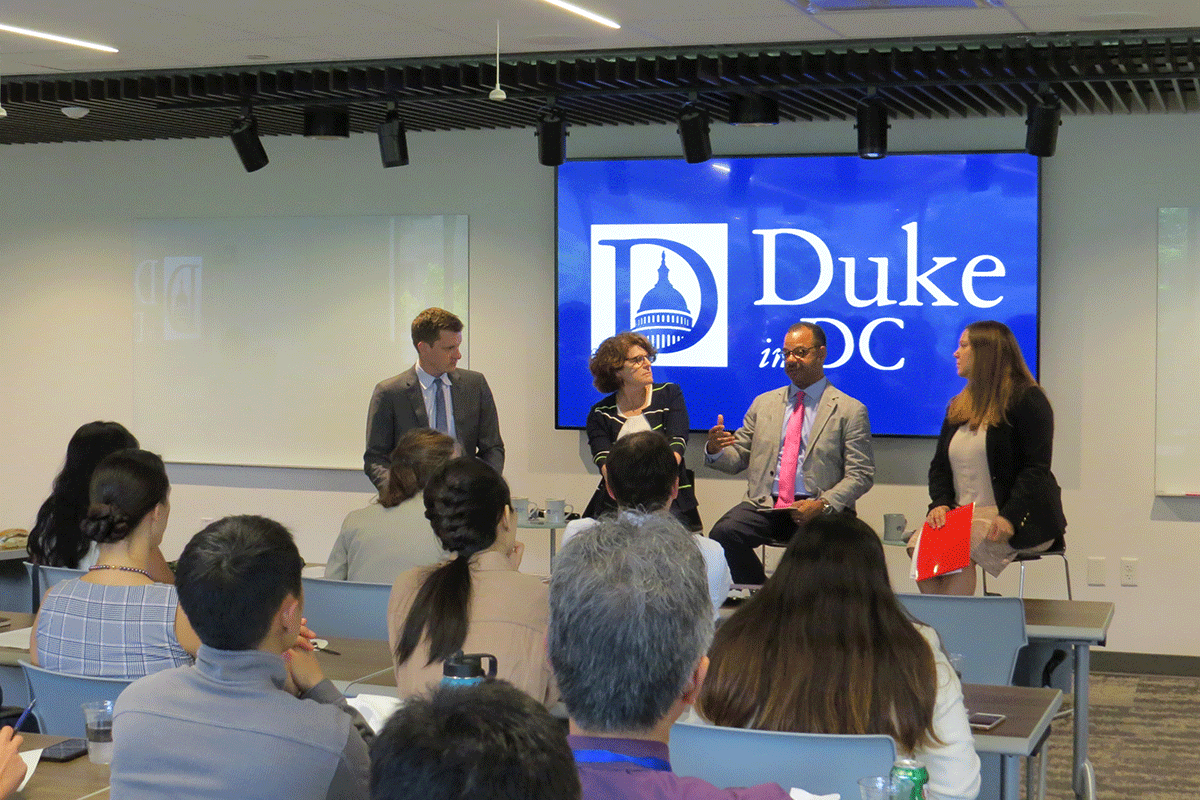
Adding ‘green’ projects to China’s global infrastructure push won’t be enough to make the effort environmentally sound, concluded a panel of experts at a June 19 event on the ecological considerations of China’s Belt and Road Initiative.
Assembled to examine the major environmental risks involved in a global infrastructure endeavor such as China’s Belt and Road Initiative, the lunch-time panel spoke to an audience of federal employees, congressional staff, think tank fellows and local college students.
China’s Belt and Road Initiative (BRI), formerly known as the One Belt, One Road (OBOR), refers to Chinese President Xi Jinping’s effort to build infrastructure projects across Eurasia, Africa and Latin America. The project has met resistance and faced conflicting narratives around the world, particularly in the United States.
“They offered a distinct and valuable message about the state of environmental risk along the Belt and Road: More clean projects don’t compensate for all the dirty ones. ”
Although most American policymakers focus on China’s alleged strategic designs for the world, policymakers have concerned themselves less with the ecological risks of such an effort.
Senior fellows at the Nicholas Institute for Environmental Policy Solutions (NIEPS) Jackson Ewing and Elizabeth Losos were among the panel speakers. Others included Joanna Lewis, associate professor at Georgetown University and Marcus D. King, the John O. Rankin Associate Professor of International Affairs at The George Washington University.
Ewing, whose work focuses on the Chinese coal industry, noted that many of the large State-Owned-Enterprises (SOE) in China are coal companies and part of the impetus to export their coal work is to keep SOEs funded and Chinese citizens employed. China faces considerable environmental challenges at home already, with polluted air being one of the most immediately visible hazards.
Many of the Belt and Road Initiative environmental issues are endemic to infrastructure projects in general. One issue specific to China’s BRI, Losos pointed out, is the scale of the planned building. The magnitude of China’s planned projects is such that downstream effects (both on actual rivers and figuratively) are wide and pronounced.
One example: planned high-speed railroads running from Kunming, China to Singapore. These roads could interfere with animal migrations and natural riparian flows, Losos said. “China’s BRI needs an integrated planning approach, especially in the transportation sectors” she added.
Losos attended the most recent Belt and Road Forum for International Cooperation in Beijing earlier this April and Ewing, before joining Duke, had done research across East Asia. As both scholars and practitioners, they offered a distinct and valuable message about the state of environmental risk along the Belt and Road: More clean projects don’t compensate for all the dirty ones.